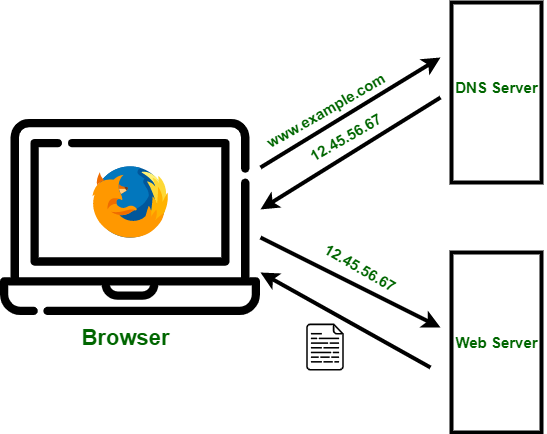The programs that store information about the domain name space are
called name servers. Name servers generally have complete information
about some part of the domain name space, called a zone, which they
load from a file or from another name server. The name server is then
said to have authority for that zone. Name servers can be
authoritative for multiple zones, too.
The difference between a zone and a domain is important, but subtle.
All top-level domains, and many domains at the second level and lower,
like berkeley.edu and hp.com, are broken into smaller, more manageable
units by delegation. These units are called zones. The edu domain,
shown in Figure 2.8, is divided into many zones, including the
berkeley.edu zone, the purdue.edu zone, and the nwu.edu zone. At the
top of the domain, there’s also an edu zone. It’s natural that the
folks who run edu would break up the edu domain: otherwise, they’d
have to manage the berkeley.edu subdomain themselves. It makes much
more sense to delegate berkeley.edu to Berkeley. What’s left for the
folks who run edu? The edu zone, which would contain mostly delegation
information to subdomains of edu.
The berkeley.edu subdomain is, in turn, broken up into multiple zones
by delegation, as shown in Figure 2.9. There are delegated subdomains
called cc, cs, ce, me, and more. Each of these subdomains is delegated
to a set of name servers, some of which are also authoritative for
berkeley.edu. However, the zones are still separate, and may have a
totally different group of authoritative name servers.
A zone contains the domain names that the domain with the same domain
name contains, except for domain names in delegated subdomains. For
example, the top-level domain ca (for Canada) may have the subdomains
ab.ca, on.ca, and qc.ca, for the provinces Alberta, Ontario, and
Quebec. Authority for the ab.ca, on.ca, and qc.ca domains may be
delegated to name servers in each of the provinces. The domain ca
contains all the data in ca plus all the data in ab.ca, on.ca, and
qc.ca. But the zone ca contains only the data in ca (see Figure 2.10),
which is probably mostly pointers to the delegated subdomains.
If a subdomain of the domain isn’t delegated away, however, the zone
contains the domain names and data in the subdomain. So the bc.ca and
sk.ca (British Columbia and Saskatchewan) subdomains of the ca domain
may exist, but might not be delegated. (Perhaps the provincial
authorities in B.C. and Saskatchewan aren’t yet ready to manage their
subdomains, but the authorities running the top-level ca domain want
to preserve the consistency of the name space and implement subdomains
for all the Canadian provinces right away.) In this case, the zone ca
has a ragged bottom edge, containing bc.ca and sk.ca, but not the
other ca subdomains, as shown in Figure 2.11.



